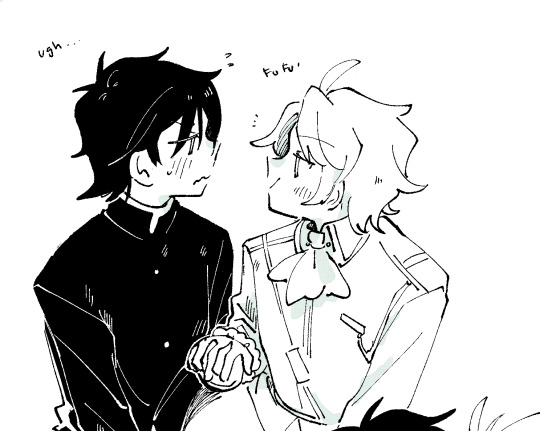Sideblog for other anime: Ao no Exorcist, Hozuki no Reitetsu, etc. etc. and SPORTS ANIME: Haikyuu, Daiya no A, Ookiku Furikabutte, Hoshiai no Sora, Kuroko no Basket, etc etc. as long as it is any anime under the sun. MULTIFANDOM TBH
Don't wanna be here? Send us removal request.
Text











#hence why i easily got obsessed when i was introduced to it jfc#baseball#its for the NDs bruh#and the unwritten rules?!?! omfg
28K notes
·
View notes
Text
i am a love letter that never reached the hands i belong to
1K notes
·
View notes
Text
Why isn’t a group of Uchihas called a Sharingang?
102K notes
·
View notes
Text



Blue Exorcist: All Night Chapter Blu-ray & DVD Volume 2 Jacket Illustration ✨
208 notes
·
View notes
Text
Blue Exorcist Online Lottery May 2024 [Part 1]
Part 1
Part 2


















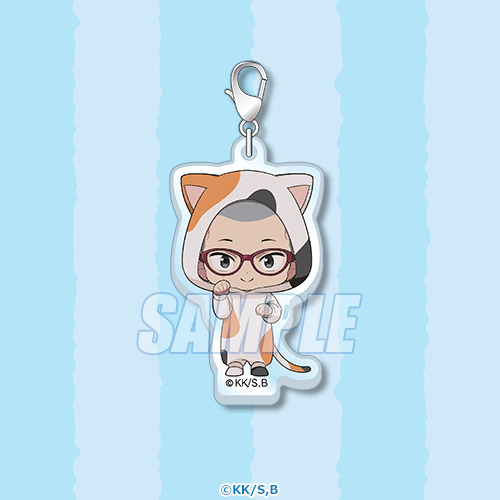
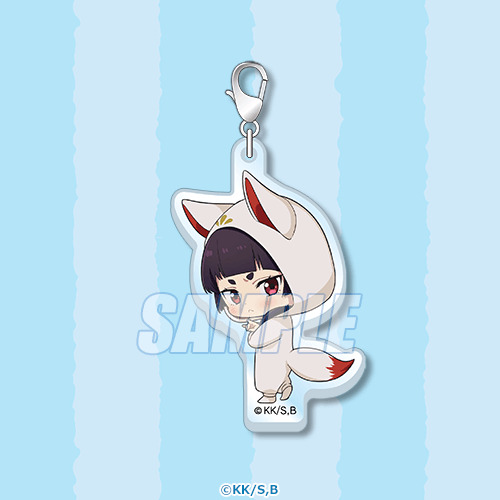





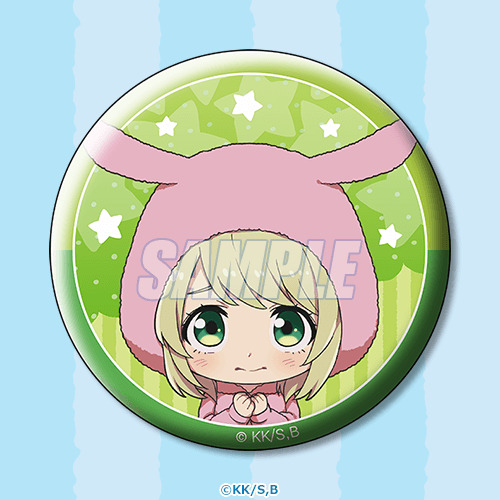


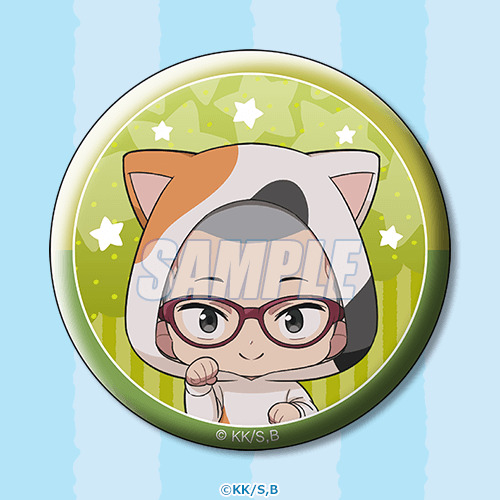

48 notes
·
View notes
Text
Happy Birthday Rin & Yukio!💙💙💙

@tonarinngo on twt

@ao_dango on twt
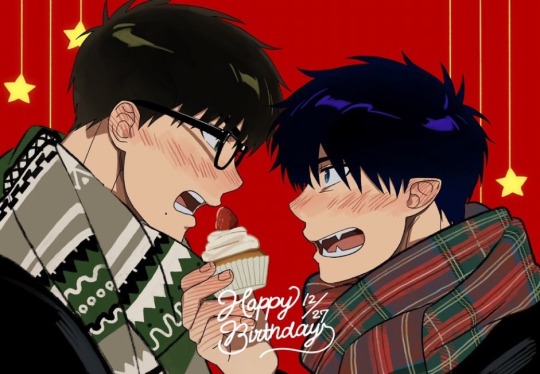
@keppon_ on twt
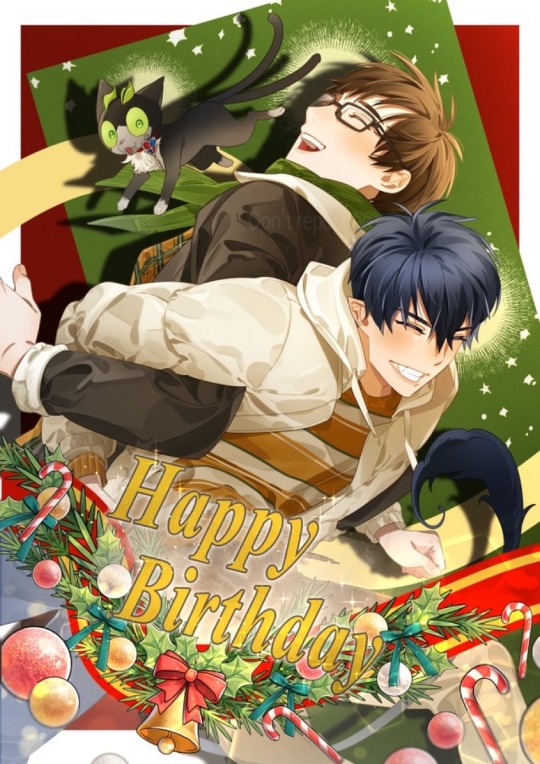
@1013_1014RT on twt
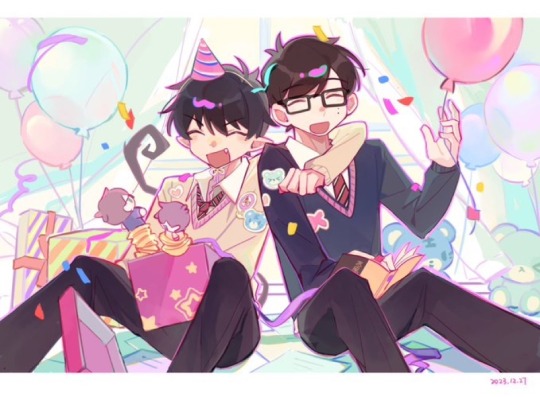
@sun60915408 on twt

@kitama_YangOv0 on twt
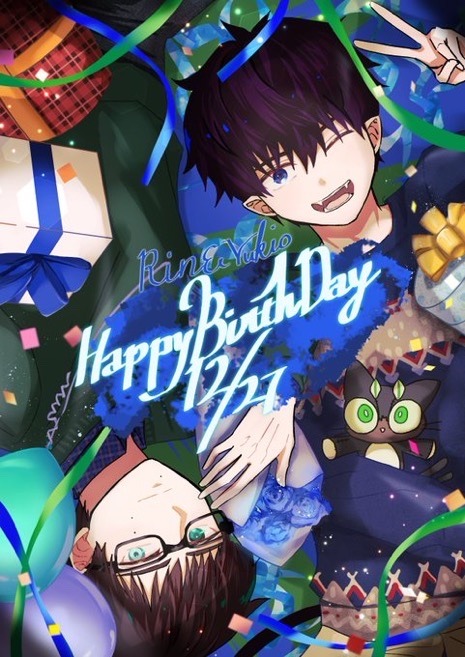
@miz_sak3 on twt
Wishing these boys the best for the future chapters of Blue Exorcist, and excited to see them animated for the new season!
106 notes
·
View notes
Photo




Ao no Exorcist is one of the best anime/manga i ever seen, I really hope that the third season will come out, and I look forward to watching white hair RIN in the anime hhh
268 notes
·
View notes
Photo

This was too brilliant to not share with you all.
84K notes
·
View notes
Text
Turning The Wheel
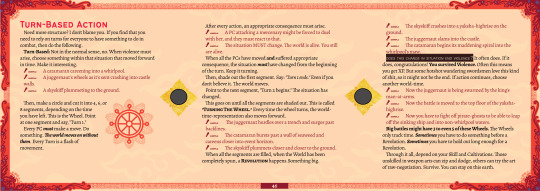
For SUNDANG RPG, I wanted to write a different kind of turn-based system. I stand on the shoulders of giants: PbtA’s Conversation-As-Procedure and “No Combat Minigame.” My goal was to make a battle system that had the free flowing, no-minigame feel of a PbtA/FitD game, but had a bit more structure to satisfy the action-heads.
One of the bigger inspirations for revolutionizing the turn-system is my obsession with The Raid: Redemption and The Raid 2, two seminal Silat films that have some of the best action sequences and choreographies in all of cinema. To me, it stands among Police Story 2 and Crouching Tiger, Hidden Dragon as the current peak of cinematic action.
A few things to lay down to help center the thought-processes I had:
I am of a theater-academic background. My fascination and hyperfixation on RPGs stems wholly from the Role-Playing aspect. My friend group loves to extract stories and narratives from gameplay loops, but we want to Role-Play In A World first and foremost.
Therefore, I value the Role-Playing Experience above everything else. This is no doubt colored and informed by what RPGs I began with: Vampire: The Masquerade and Mage: the Ascension. RPGs are world-portals to me, ways to experience, interact, and interrogate realities.
I don’t consider Mechanics to be separate from the “Fiction”. I might even deem a game’s rules to be the “Infrafiction,” the Fiction underneath everything else that arises from a game. The Fiction that demands to be told. The specter that suffuses every rules interaction.

Tangent: This idea was first spurred on because of idle daydreams while playing and finishing my current run of Final Fantasy XII. For those that don’t know, Final Fantasy XII has the ADB or Active Dimension Battle System (which is funny because ADB is also the acronym for Asia Development Bank, one of the major enemies of National Industrialization in the Philippines). ADB is the evolution of the popular ATB battle system or the Active Time Battle System. It’s called ADB because you aren’t squared off into a different screen when you enter combat. Instead, you go into combat as you’re exploring the world. Combat and Dungeon segregation barriers are effectively destroyed. This is actually one of the reasons why I love FFXII so much, and so much of what FFXII worked is what I also love from its CRPG contemporaries such as Star Wars: The Knights of the Old Republic and Dragon Age: Origins. (It’s also very similar to the Combat System found in Xenoblade!)
So for SUNDANG, I had the following goals for combat and turn “order”:
Non-Minigame Combat, or Nondivided Combat Mechanics from the rest of the world/Conversation, taking inspiration from ADB.
No “Turns” just continuous “Action.”
Never-Not-Your-Turn vibe.
Skill-Based Combat.
Brutal, dangerous combat. Skull-cracking, bone-twisting, blood-drawing. Thrilling in the sense that a Horror movie is. A horror movie with wuxia protagonists.
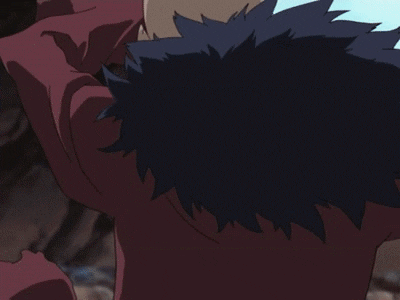
The Action
Action Economy is when, on your turn, you have a number of “Actions” that you can do, and you cannot do anything beyond the number of actions (of course you can do anything which you can justify as an action). This will define not just how your character moves in combat, but how they think of themselves throughout their progression. The most common form of Action Economy is “Move + Action” as seen in most d20 games, especially D&D 5e.
One of the very first things that I’ve had to unattach myself from is the Action Economy. One thing I noticed while developing SUNDANG was that every aspect of the game mechanics felt like it had to justify itself within the Action Economy. This was problematic to me for 2 aspects:
It centered combat completely. Since Action Economy only really mattered in combat, every little trinket that I had to write suddenly had to have some sort of interaction that could be done when you pressed the “Interact” action during combat.
It required “mechanization.” One of the major ideas I had for SUNDANG was to provide a mechanical base that centered on the gamization of the “fluff” without the designer having had a hand in it. If something said “This is a mallet, useful for evening out dinks and repairing machineries” it should be able to be used for that without having to interact with a subsystem. Through this, we annihilate barriers between “fluff” and mechanics, creating a more “immersive” world-space that is more conducive to Role-Playing.
While nothing is wrong with something requiring mechanization, I want it to be as invisible as possible, hence why the mechanical base of SUNDANG is built for such an experience: at creating an immersive interactive world.
One of my problems with Action Economy is that combat becomes about Action Economy. This is a problem that you can see so deeply within some of my favorite games: Final Fantasy Tactics, Tactics Ogre, and Final Fantasy XII all have Speed Stats that are affected by Weight, etc. Since having more “turns” is infinitely valuable in a game about getting more chances to reduce an opponent’s HP to 0, Speed-generating strats dominated those games’ upper mechanical ceiling.
While I think that’s cool, it’s not what I wanted to do with SUNDANG. It makes strange mechanical repercussions, dominations of certain strategies and therefore a larger gap between what is used and what is not used. I don’t want to make a game where you have to “solve” it through buildcrafting. I wanted to make a game where you can express yourself in.
So, away with the Action Economy. What do you do on the turn now?

The Turn
“On your turn, you can do X and Y.” This is the basic assumption in most RPGs. In OSR and NSR games this is the common assumption as well. Move + Action is elegant, simple, and gets things moving along. It gets the system out of the way so people can keep focusing on the fiction.
More importantly, the Turn splits combat into every acting character within the current situation, context, or scene. Gives everyone a chance to act. Pins everything down into spacetime.
For SUNDANG, this was not the vibe I wanted to give off. It felt too spartan, in a way. I wanted people to be constantly moving, constantly turning. More importantly, as the RPG is a player-facing medium, I want there to be the vibe of “never-not-your-turn.” This is a problem I face with much of my past RPGs and with other combat-heavy RPGs.
You take your turn and then you sit back and wait for your next one. If you’re invested in the game, you watch as the situation and gamestate changes. If not, you wait until someone calls you out and then you ask what has happened and what has changed. In all honesty, my position is that this is not a bad game design quirk. In fact, if you design around it, it could be a good quirk. Being able to do something while it’s not your turn helps a lot with Attention Deficiencies, for example.
But this isn’t something I wanted to do with SUNDANG. I wanted it to be Never-Not-Your-Turn.
So I stole a bit from Fire Emblem. There, in Fire Emblem, a “Turn” isn’t a single character’s turn to move, but rather, an advancement of the combat time-space. You often have objectives where you have to “Rout Enemy In 40 Turns” or something along those lines.
So I revolutionized how I thought about Turns. What if Turns weren’t each individual being’s turn, but an entire group of people’s turns? Now this is phase-based or side-based initiative, common (and good! I actually love side-based initiative) in OSR games. It’s very wargame-y and, honestly, conducive to strategy. But that’s not what I wanted to do here.
So I turned the Wheel again. What if Turns were chunks of time in a combat? What if turns were just Rounds? Often, the existence of a combat minigame is so that people can “zoom-in” into the action, because this is a matter of life or death! You can get killed here! Hence why we zoom in, stop time, focus on the details because the details means the difference between kill or be killed.
So I focused on that aspect.

Turn The Wheel
In PbtA, one of the major schools of RPG Design that I profess to have arisen from, combat doesn’t have a “Turn System” or a “Combat System.” Instead, it flows naturally from the conversation. It is contiguous to the rest of the system, not requiring special attention. What you can do in normal roleplaying, you can do in combat! That’s what that meant. When you sequester combat away into a new set of rules, you implicitly change the game unless you explicitly design for it to be a microcosm of the game’s already existing rules. Due to this change, I believe the mindset then becomes that you have to play the game according to this new set of rules unless you’re particularly good at improv-ing or are some form of designer/GM yourself.
I wanted that. So SUNDANG’s “turn system” has no Action Economy, no Initiative, no Reaction (no Reactionaries!) When you want to do something, do it. But it will most likely require a roll, and it will change the state of the situation.Everything has an equal amount of appropriate consequences. This is already how PbtA “combat” goes, since it’s not separate from the Conversation, the combat is also a conversation. You do something, the world does something, you react to that, then the world reacts to that, and so on.
I therefore fused the “Turns as divisions of action space-time” and “Combat-as-Conversation.”
A lot of this clicked after listening to a Robert Kurvitz interview about how he wanted to do Skill-Based Combat Scenes. Which aligned with what I wanted to do. Check it out!
For arguments of space, such as movement rates, the normal movement rate is 5 tails (roughly, 25 feet) per second. One can then infer how much a character can move in a single Turn through that as well as the modifying, environmental factors (harsh terrain, labyrinths, and so on). This allows it to be played on a Grid with the Grid as a space-representer, with shifting distance-scales for each grid square. The more interesting consequence is that, when you move, what about the world that's actively trying against you? That will then necessitate a Check, making even movement volatile and situation-changing.

Turn-Based Combat: Never-Not-Your-Turn
First off the bat, this conception of Turn-Based Combat arises also from Clocks and Skill Challenges. The difference is largely the Presentation, mentality, and structure.
Additionally, SUNDANG’s Skill System is integral to this conception of combat. SUNDANG is a 24-Skill System inspired by the likes of Artesia: Adventures in the Known World and Runequest, where the majority of the Skills are not even combat-focused Skills, which color a player’s expectations for how combat could go (why be chained to the 3-4 Combat Skills when you can potentially agitate your Creativity to try and use the rest of them?)
So in SUNDANG, Turn-Based Combat is as follows:
If you enter into a situation wherein life-or-death is in the details, set up a 4-, 6-, or 8-segmented circle, known as The Wheel. Segment it according to the time you have left.
Find something within the world to be the temporal anchor, the World-Time. It could be the moving train, the skyskiff (that you might or might not be on at that moment!) plummeting into city streets, the wheels of a horse-carriage heading into a crash, the juggernaut battering ram barreling through enemy trenches. You can use this to lengthen the timescale of a battle. A day-long duel between two masters might have the Sun as their World-Time.
Turn 1 begins when you point at one segment and say it does. During a Turn, all the relevant PCs must do something.When they do something, the world then does something back. As always, this is just the conversation. When a PC goes and swordstrikes a pirate captain, the pirate captain will probably swordstrike back (dealing damage if that’s the PC’s consequence or threatening damage if not). Keep the conversation going.
When all the PCs have done something, mark out that segment of the Wheel. Turn to the next one adjacent to it, and say “Turn 2.” This is called Turning The Wheel. When you Turn The Wheel, before the PCs do anything, describe how the temporal anchor moves forward in time, and ascertain the consequences of that happening:
The skyskiff breaks through the high-rises. (Now there are potential people watching, now there are potential casualties, and so on.)
The horse carriage bumps against a tree and barrels closer to the cliff. (The carriage might have chunks broken off, some combatants might be knocked off, and so on.)
The Sun begins to sink into the horizon. (Dark becomes to impair vision, a nocturnal sea predator might breach soon, and so on.)
The juggernaut battering ram flies over enemy heads and moves closer to the city walls (there might be some warriors firing projectiles at you now, and so on.)
Finally, when all the segments are filled, a Revolution happens. Something Big. Throw away that Wheel. The situation changes. It has to. That’s the only real thing in this world.
The skyskiff crashes into the city plaza.
The horse carriage flies off the cliff.
The Sun sinks completely into the sea, ushering darkness.
The battering ram slams into the city walls and breaks it open.
Often, this change in situation ends Violence. You have to deal with the consequences now. In SUNDANG, you get XP for surviving Violence, not winning it. But SUNDANG is also a wuxia-western-silat game of wandering justicemakers and hotshot swordsmen. If this happens, set up another Wheel and choose another world-time.
You somehow survive the crash, and now must fight in the city plaza amongst hundreds of watchers.
The horse carriage plummets into a jade jungle, and you must fight upon its descending carcass.
The Moon rises now, as the fight continues on.
The King’s Man-At-Arms now charge toward the juggernaut to swarm and destroy it, with you still inside it.
The Violence continues. Deal with the consequences of your actions. Look forward to another Revolution.

If this piqued your interest, SUNDANG is currently out on my Patreon and I'm running pseudo-playtests of it on the Patreon Discord!
33 notes
·
View notes
Text



The evolution of my author photos
4K notes
·
View notes
Text




7 notes
·
View notes
Text
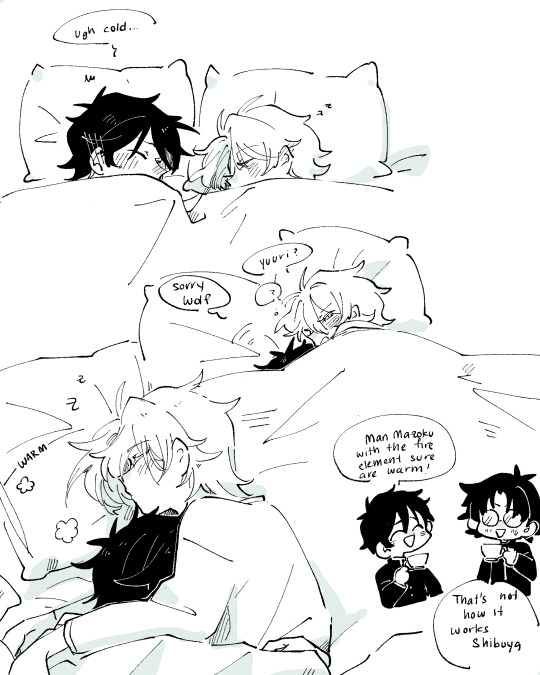
low blood pressure but at least he's warm
408 notes
·
View notes
Text

Added this OVA series
15 notes
·
View notes
Text

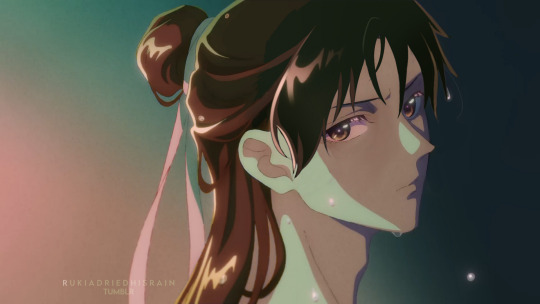


BLEACH X The Apothecary Diaries
575 notes
·
View notes
Text


late as always but happy birthday superman <33
17K notes
·
View notes

